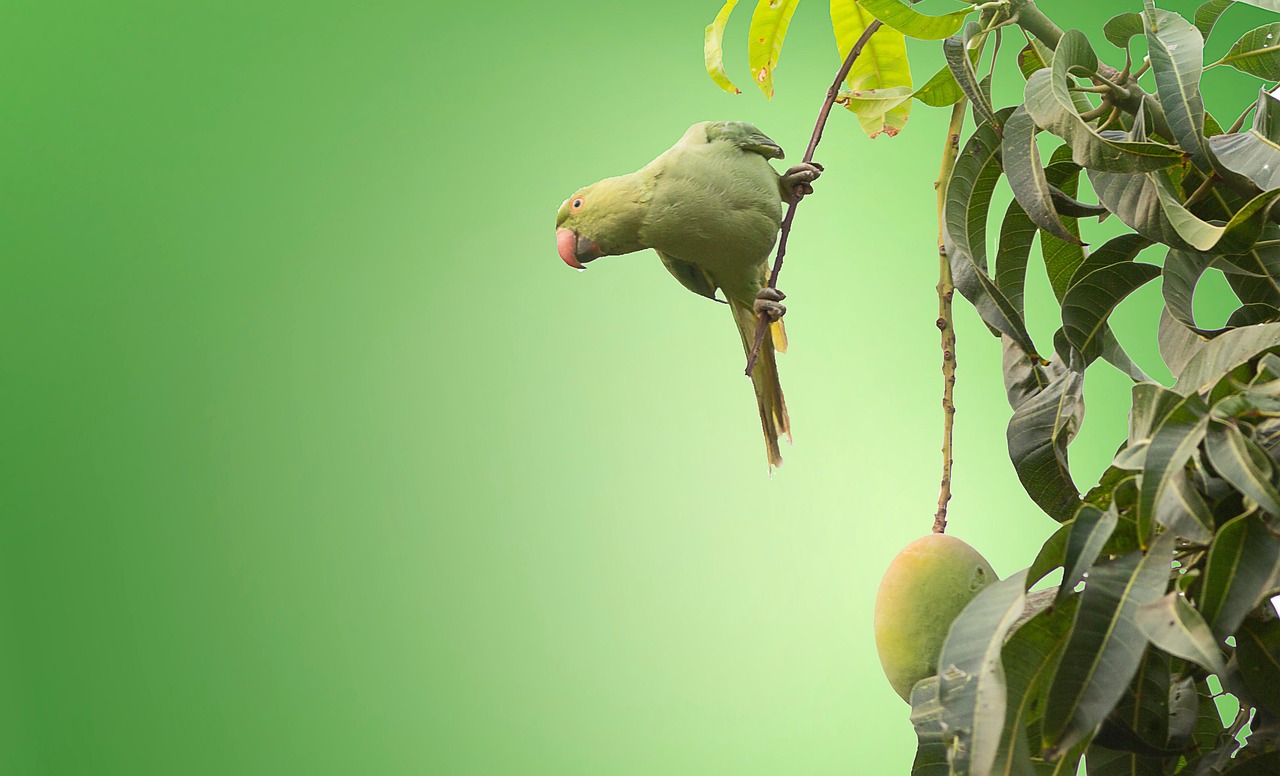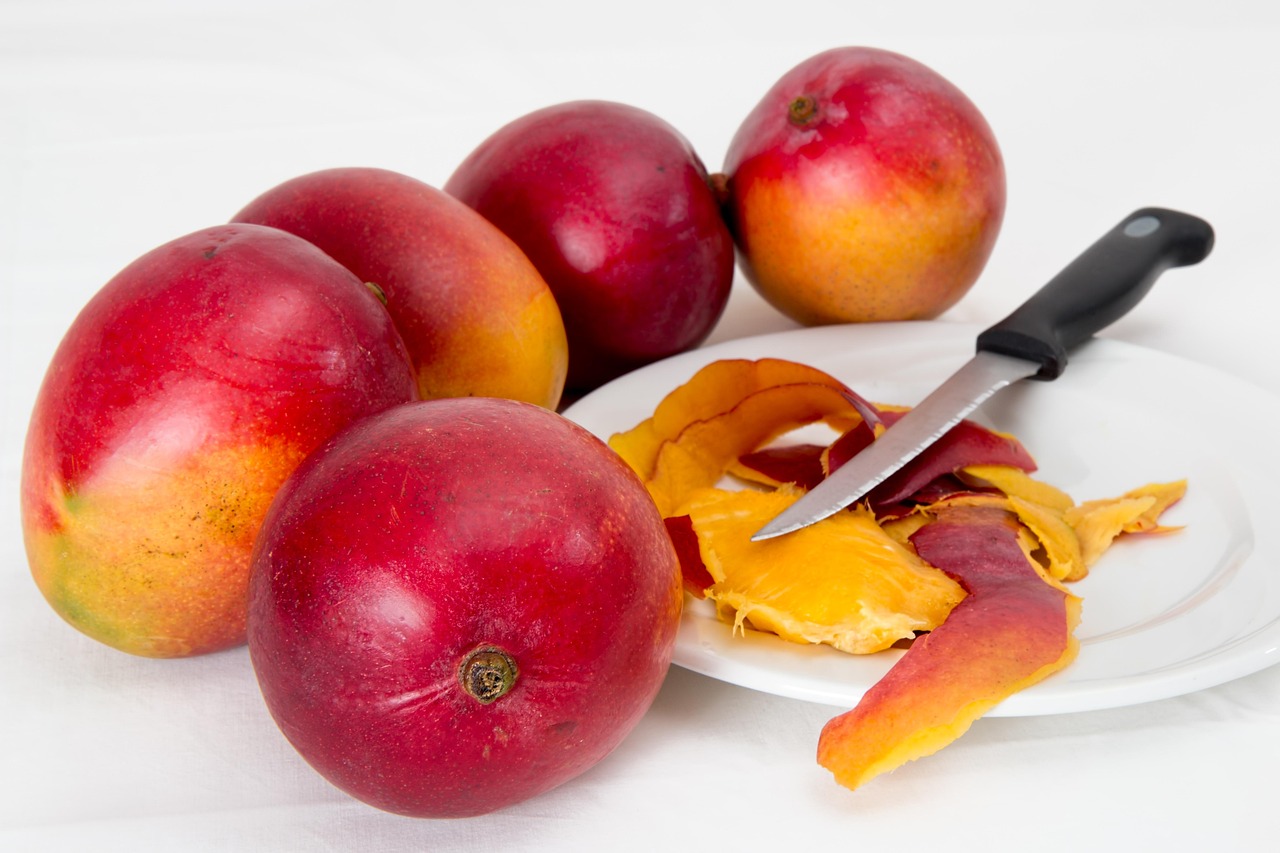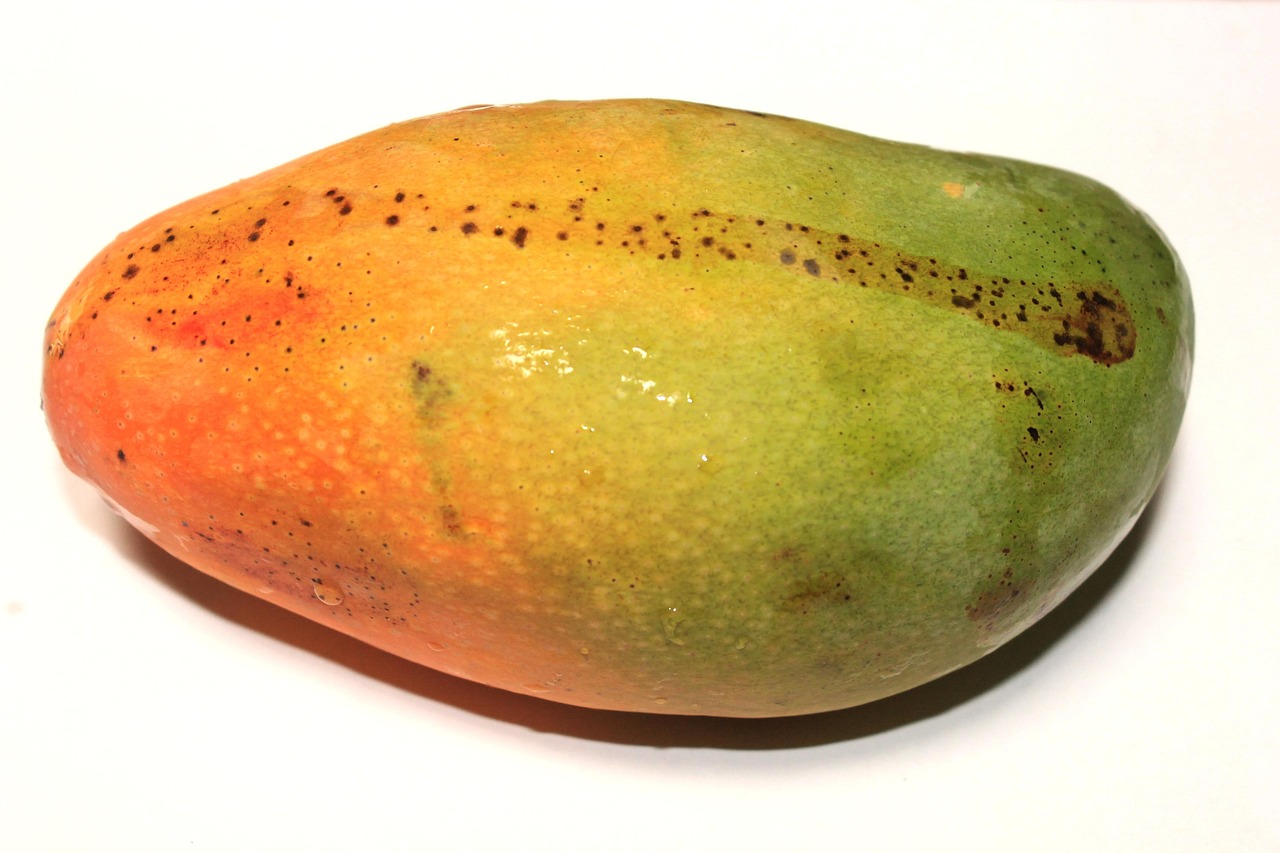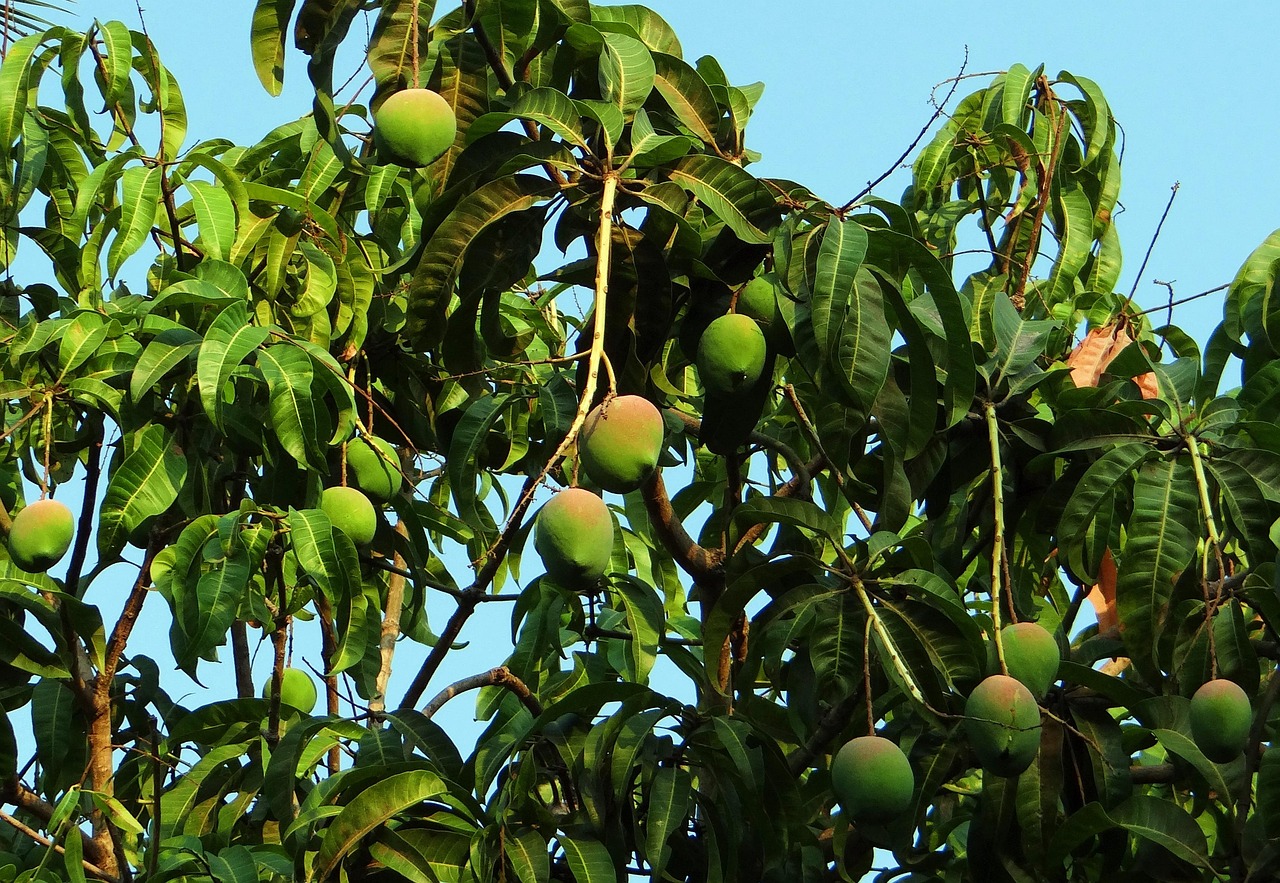By Sutton Blackwell
Understanding Mango Stringy: Taste, Texture, and Tips
Understanding Mango Stringy: Taste, Texture, and Tips
When you bite into a mango, the last thing you want is a stringy texture that detracts from its juicy sweetness. Understanding why some mangoes turn out stringy can help you select the best fruit and enjoy a satisfying eating experience. In this post, we'll delve into the world of mango stringy textures, helping you navigate through this tropical delight!
The Science Behind Mango Stringiness

Mango stringiness often occurs due to the fruit's variety and ripeness. Some species, like the Haden and Tommy Atkins, tend to be stringier compared to others, such as the Ataulfo or Honey mango. The stringy texture results from the fibers in their flesh, which can be particularly pronounced when the fruit is overripe or undercooked.
What causes mango to be stringy?
The stringy texture in mangoes is primarily attributed to the fibrous cells that hold the fruit together. As mango ripens, these cells become more pronounced, especially in certain varieties.
Research Insight
According to a study from the ScienceDirect, the level of fiber complexity increases with ripeness, leading to a more stringy texture.
How to Choose Low-Stringy Mangoes

Selecting the right mango can significantly enhance your tasting experience. When shopping for mangoes, look for varieties known for their smooth flesh and minimal stringiness. The Ataulfo mango, for example, is creamy and nearly fiber-free. Additionally, smell the mango near the stem; a sweet, fruity aroma indicates ripeness and typically better texture.
Are there specific mango varieties to avoid?
If you're aiming for a less stringy mango, consider avoiding Haden and Tommy Atkins varieties, which are often more fibrous.
Expert Opinion
As fruit expert Dr. Jane Doe states, “Choosing the right mango variety based on your textural preference can make all the difference in your eating experience.”
Best Practices for Preparing Mangoes

To maximize the enjoyment of your mango, proper preparation is key. A well-ripened mango can still exhibit stringiness if not handled correctly. Here are some tips:
- Slice in a way that separates the flesh from the pit cleanly.
- Refrigerate slightly overripe mangoes to slow down further ripening.
- Use a gentle hand when peeling or cutting to avoid mashing the fruit.
Can cooking mango reduce stringiness?
Cooking mango can help soften its fibers, making it less stringy. Using it in smoothies, sauces, or desserts minimizes the impact of the texture.
Chef’s Tip
Chef Alex Greene recommends, “Blend stringy mangoes into smoothies! The texture becomes a non-issue, and you still capture that fantastic flavor.”
Summing It Up

Mango stringiness can affect how we enjoy this tropical fruit, but with the right knowledge, you can navigate through the varieties and choose the best one for your palate. By selecting smoother varieties, using proper preparation techniques, and considering some cooking methods, you can make the most out of your mango experience.
Ready to enjoy your mangoes to the fullest? Subscribe to our newsletter for more fruit tips and recipes, or share this article with a fellow mango lover!
Related
-
 Everything You Need to Know About Mango Lassi
Everything You Need to Know About Mango Lassi
-
 My Reading Manga: Discover the Joy of Manga
My Reading Manga: Discover the Joy of Manga
-
 The Ultimate Guide to One Piece Manga: A Journey through Adventure and Friendship
The Ultimate Guide to One Piece Manga: A Journey through Adventure and Friendship
-
 Discover the Thrills of Solo Leveling Manga: A Must-Read for Action Fans
Discover the Thrills of Solo Leveling Manga: A Must-Read for Action Fans
-
 How to Cut a Mango: A Step-by-Step Guide for Perfect Mango Slices
How to Cut a Mango: A Step-by-Step Guide for Perfect Mango Slices
-
 Discover the Magic of Manga Park: Your Ultimate Guide
Discover the Magic of Manga Park: Your Ultimate Guide
-
 Bato Manga: Your Ultimate Guide to Online Manga Reading
Bato Manga: Your Ultimate Guide to Online Manga Reading
-
 Discovering Jinx Manga: An Enthralling Dive into Intriguing Storylines
Discovering Jinx Manga: An Enthralling Dive into Intriguing Storylines
-
 Explore the Fabulous World of Mango Outlet: Great Deals Await!
Explore the Fabulous World of Mango Outlet: Great Deals Await!
-
 Discover the Thrilling World of Blue Lock Manga
Discover the Thrilling World of Blue Lock Manga